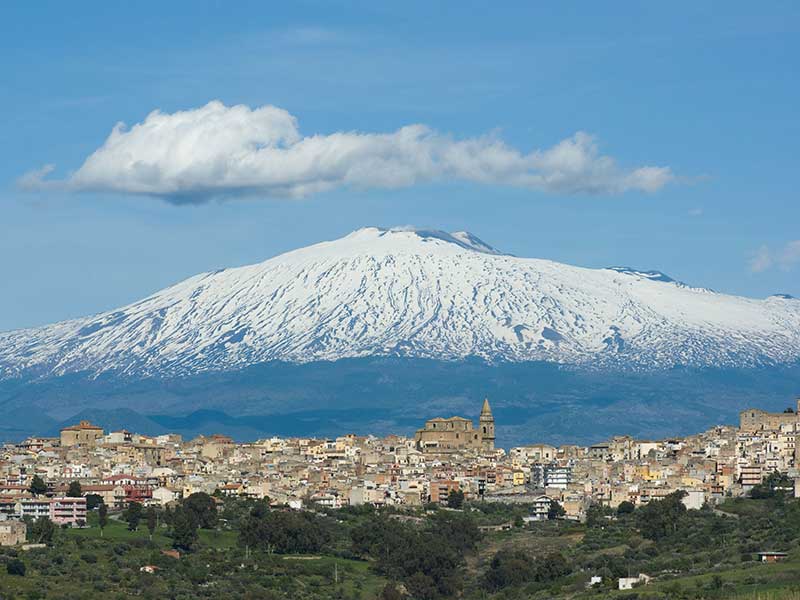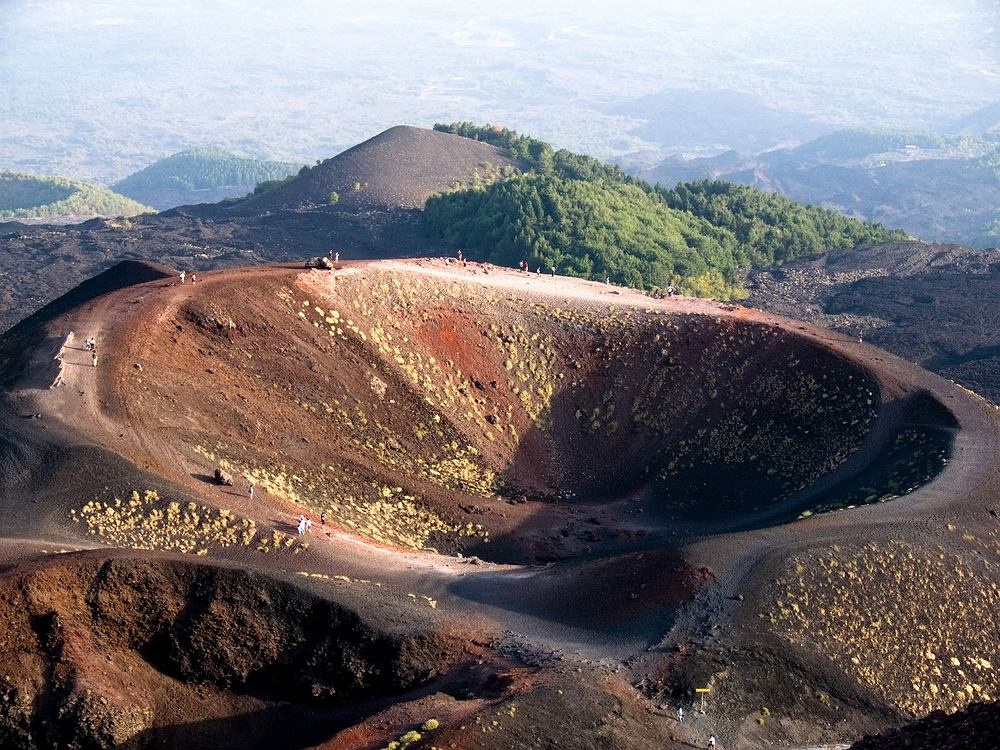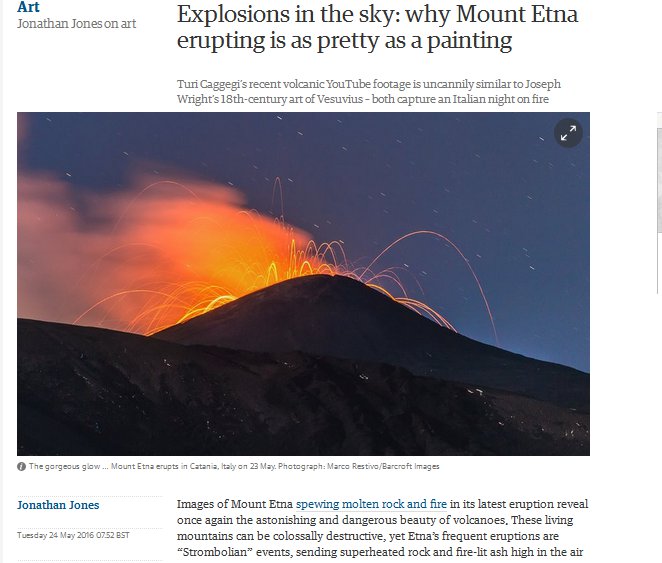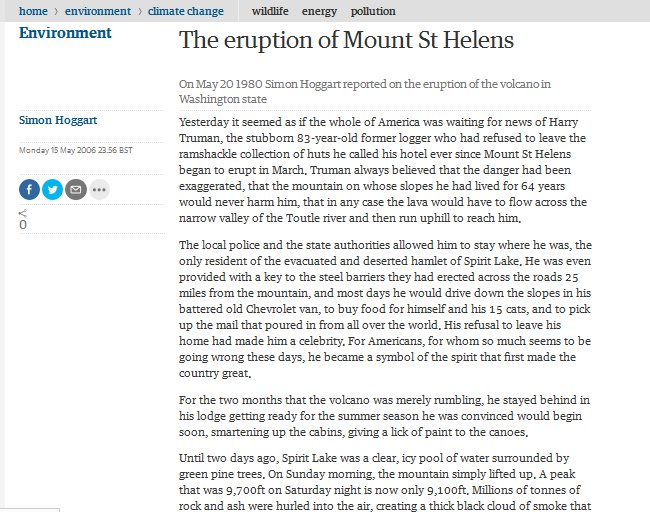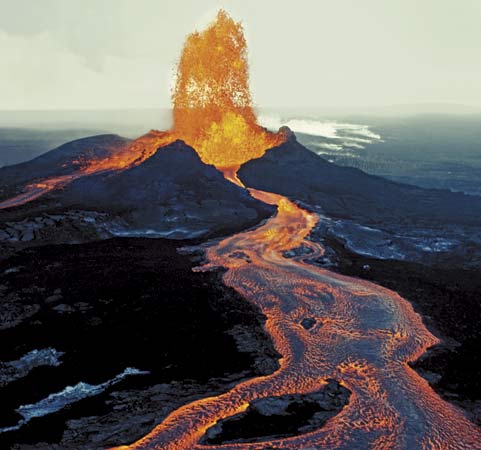FAMOUS VOLCANOES AROUND THE WORLD
Eyjafjallajökull
Volcano which is 4 meters in diameter has eroupted in 920,1612 and again 1821-1823. This two years activity caused fatal lava stoning. Volcano has erupted twice as recent in 21st March and 14th April . Event in March caused eviction of indigenous peoples. But Eruption in April was much stronger than March and caused distuption of air traffic in North Europe.
The stratovolcano, whose vents follow an east-west trend, is composed of basalt to andesite lavas. Most of its historical eruptions have been explosive. However, fissure vents occur on both (mainly the west) sides of the volcano. The volcano is fed by a magma chamber under the mountain, which in turn derives from the tectonic divergence of the Mid-Atlantic Ridge. It is part of a chain of volcanoes stretching across Iceland. Its nearest active neighbours are Katla, to the northeast, and Eldfell, on Heimaey, to the southwest. The volcano is thought to be related to Katla geologically, in that eruptions of Eyjafjallajökull have generally been followed by eruptions of Katla.
Mount Etna is one of the tallest active volcanoes of Europe. Etna which is stravolcano ‘s elevation is 3,229 meters about, and it is situated on the east coasts of Sicily. It is Decade Volcano, chosen by the United Nations. It is a clear indication that the volcano remains active all the time.Last Eruption of Etna occured at 2010. As a diffrent information Etna is 21,6 metres lower than high of in1865.
Eruption of this volcano brought diffrent and variable stories and also poems to Italian litareture such as poem of Roman poet Virgil. Maybe Virgil can descripe this eruption better than many scientific researches:
‘’A spreading bay is there, impregnable To all invading storms; and Aetna’s throat With roar of frightful ruin thunders nigh. Now to the realm of light it lifts a cloud Of pitch-black, whirling smoke, and fiery dust, Shooting out globes of flame, with monster tongues That lick the stars; now huge crags of itself, Out of the bowels of the mountain torn, Its maw disgorges, while the molten rock Rolls screaming skyward; from the nether deep The fathomless abyss makes ebb and flow.’’
Mount St.Helens.The volcano, located in southwestern Washington, used to be a beautiful symmetrical cone about 9,600 feet (3,000 meters) above sea level. The eruption, which removed the upper 1,300 feet (396 meters) of the summit, left a horseshoe-shaped crater and a barren wasteland. Today the land is healing, having recovered its natural beauty, but the landscape has been permanently altered.
The volcano was relatively active in the early 19th century, and may have had a major explosive eruption in 1800, according to the Mount St. Helens Forest Learning Center. There were minor eruptions in 1898, 1903 and 1932, but for most of the 20th century, the mountain was seen as a peaceful, beautiful mountain and recreation area. That serenity was shattered in 1980.Mount St. Helens erupted on May 18, 1980 and the Mount St. Helens eruption was the most destructive in U.S. history. Fifty-seven people are known to have died. More than 200 homes were destroyed. More than 185 miles of roads and 15 miles of railways were damaged. Ash clogged sewage systems, damaged cars and buildings, and temporarily shut down air traffic over the Northwest.
Kilauea is the youngest and most active Hawaiian shield volcano, located on the southern part of the Island of Hawai’i, known as Big Island. Hawai’i is the southernmost and largest of the island chain, which owes its existence to the very active Hawaiian hot spot.
Kilauea volcano is near-constantly erupting from vents either on its summit (caldera) or on the rift zones. At present, Kilauea volcano is still having one of the most long-lived eruptions known on earth, which started in 1983 on the eastern rift zone and has mainly been concentrated at the Pu’u ‘O’o vent.
Mount Vesuvius, on the west coast of Italy, is the only active volcano on mainland Europe. It is best known because of the eruption in A.D. 79 that destroyed the cities of Pompeii and Herculaneum. Mount Vesuvius is considered to be one of the most dangerous volcanoes inthe world due to the large population of the city of Naples and the surrounding towns on the slopes nearby. The volcano is classed as a complex stratovolcano because its eruptions typically involve explosive eruptions as well as pyroclastic flows. Vesuvius and other Italian volcanoes, such as Campi Flegrei and Stromboli, are part of the Campanian volcanic arc. The Campanian arc sits on a tectonic boundary where the African plate is being subducted beneath the Eurasian plate.
”Mount Vesuvius has not erupted since 1944, but it is still one of the most dangerous volcanoes in the world. Experts believe that another Plinean eruption is due any day–an almost unfathomable catastrophe, since almost 3 million people live within 20 miles of the volcano’s crater.” Since 1944, there have been hundreds of minor earthquakes in the region around Mount Vesuvius. The most serious earthquake rocked Naples in October 1999. The magnitude-3.6 quake was felt as far as 15 miles (24 km) from the base of the volcano and was of the same magnitude as a quake that occurred 17 years prior to the last truly major explosion that devastated Naples in 1631.
Top10 Facts about Vesuvius: http://blog.degreed.com/top-10-facts-about-mt-vesuvius-and-pompeii/
http://www.history.com/topics/ancient-history/pompeii





